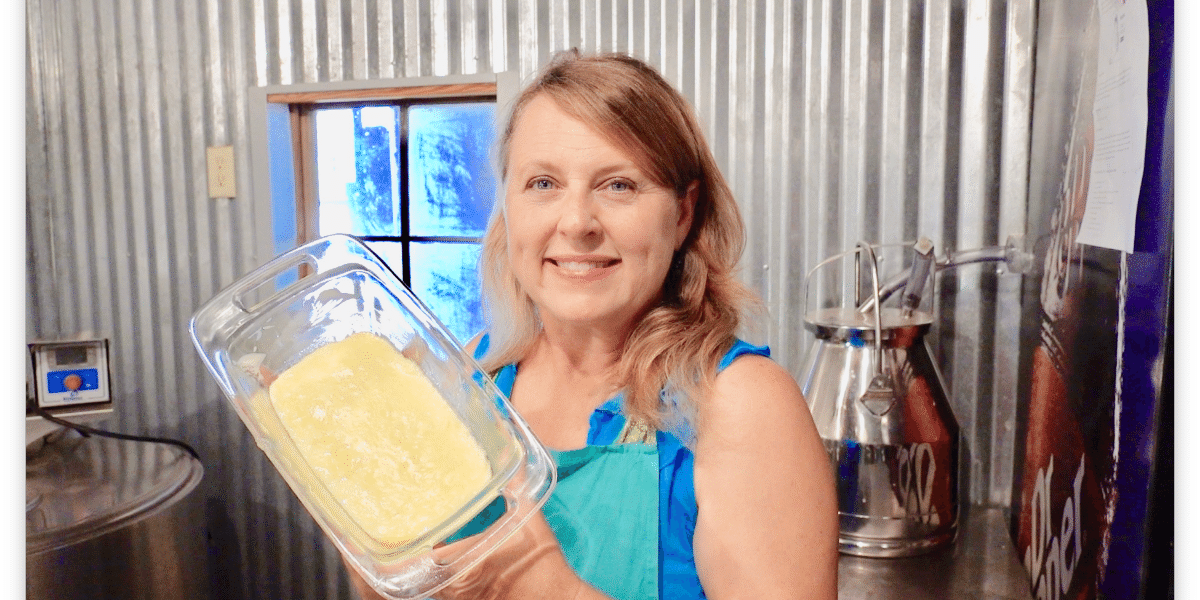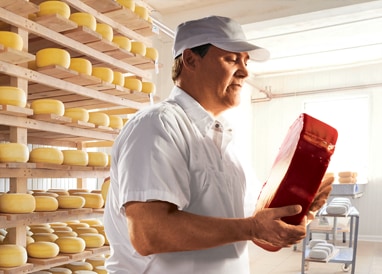From Thomastown to Your Table: The Quality of Floridia Cheese Melbourne
From Thomastown to Your Table: The Quality of Floridia Cheese Melbourne
Blog Article
Unlocking the Tricks of Artisanal Cheese Making: A Detailed DIY Overview
In the realm of culinary craftsmanship, artisanal cheese making stands as a testament to the fragile equilibrium in between practice and technology. As we get started on this trip to demystify the art of producing charming cheeses, we are encountered with a tapestry of tricks and skills waiting to be deciphered.
Choosing the Right Milk
When beginning on the journey of artisanal cheese making, the selection of milk plays an important role in identifying the quality and characteristics of the final item. The kind of milk selected affects the taste, appearance, and generally profile of the cheese. Raw milk, straight from the pet, is liked by numerous artisanal cheesemakers due to its unique mix of enzymes, microorganisms, and taste compounds. Making use of raw milk comes with threats and policies, making pasteurized milk a more secure option for beginners.
Additionally, the source of the milk, whether from cows, goats, lamb, or buffalo, adds distinctive tastes and characteristics to the cheese. Each type of milk brings its very own subtleties, permitting for a wide variety of cheese selections to be crafted based on the picked milk.
Culturing and Coagulating
To launch the cheese-making procedure, the essential steps of culturing and coagulating should be very carefully implemented to change milk right into curds and whey. Culturing entails presenting beneficial bacteria to the milk, which then begins the fermentation procedure. These germs convert lactose (milk sugar) right into lactic acid, developing the acidic setting essential for coagulation. The kind of society utilized can substantially impact the taste, structure, and ripening of the last cheese item.

The timing and temperature level control during culturing and coagulation are crucial variables that affect the final result of the cheese. Correct implementation of these steps is necessary to make certain the wanted structure, flavor, and uniformity of the artisanal cheese being produced.
Draining Pipes and Pressing Curds
After the milk healthy proteins have coagulated and the curds have actually been cut to release whey, the next essential action in artisanal cheese making includes draining pipes and pressing the curds to attain the desired appearance and consistency of the last cheese product. Draining pipes is the process of dividing the curds from the whey. This can be done by transferring the curds right into a cheesecloth-lined colander or mold and mildew and allowing the whey to drain pipes off normally. The time for draining pipes can vary relying on the kind of cheese being made and the desired wetness content.
Pressing helps remove any type of staying Visit Website whey and compacts the curds to form a solid cheese wheel. Proper draining and pushing are critical actions that substantially affect the high quality and qualities of the artisanal cheese being created.
Aging and Flavoring Techniques
Implementing thorough aging and flavor methods is critical in enhancing the depth and intricacy of artisanal cheeses, raising their taste profiles to exquisite degrees of improvement and class. Aging plays a vital function in developing the one-of-a-kind tastes and structures that distinguish artisanal cheeses. Throughout the aging process, cheeses are stored in carefully regulated atmospheres where factors such as airflow, temperature level, and humidity are adjusted to motivate the development of helpful molds and microorganisms. This controlled environment permits the cheese to grow slowly, creating rich tastes and complex scents.
Seasoning strategies likewise add considerably to the last preference of artisanal cheeses. Cheesemakers may choose to introduce added tastes by incorporating components such as natural herbs, seasonings, or perhaps fruits into the cheese throughout the manufacturing procedure. Additionally, some cheeses are washed or scrubed with different fluids, such as salt water or alcohol, to enhance their flavors and textures.
Covering and Keeping Cheeses

Verdict
In final thought, mastering the art of artisanal cheese making entails very carefully selecting the ideal milk, following exact culturing and coagulating processes, draining and pushing curds efficiently, and utilizing different aging and flavor techniques. By adhering to these steps faithfully and with attention to information, you can create your own scrumptious and distinct cheeses in your home. Bear in mind to wrap and keep your cheeses correctly to make sure optimum flavor and structure advancement. Satisfied cheese making!
Each type of milk brings its own nuances, allowing for a broad variety of cheese ranges to be crafted based on the selected milk.After the milk healthy proteins have coagulated and the curds have been cut to release whey, the next essential step in artisanal cheese making includes draining pipes and pressing the curds to accomplish the preferred structure and uniformity of the last cheese item. Most cheeses need to be covered in wax paper or cheese paper to permit them to take a breath while securing them from drying out. For cheeses that require to continue aging, such as bloomy rinds or washed peels, guarantee they are kept in a great setting like a cheese cave or a refrigerator established to the ideal temperature level. By paying interest to the wrapping and storage of artisanal cheeses, cheese manufacturers and important site lovers can preserve the integrity of these specials and completely enjoy their complex tastes.
Report this page